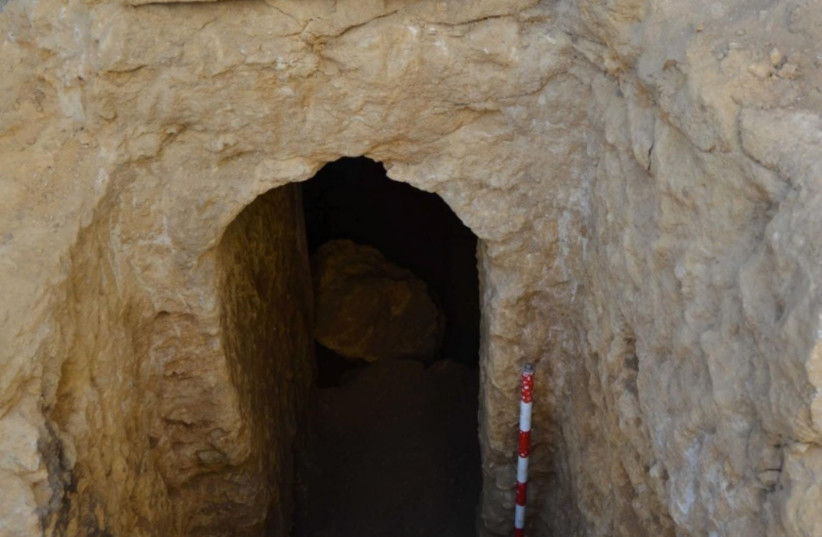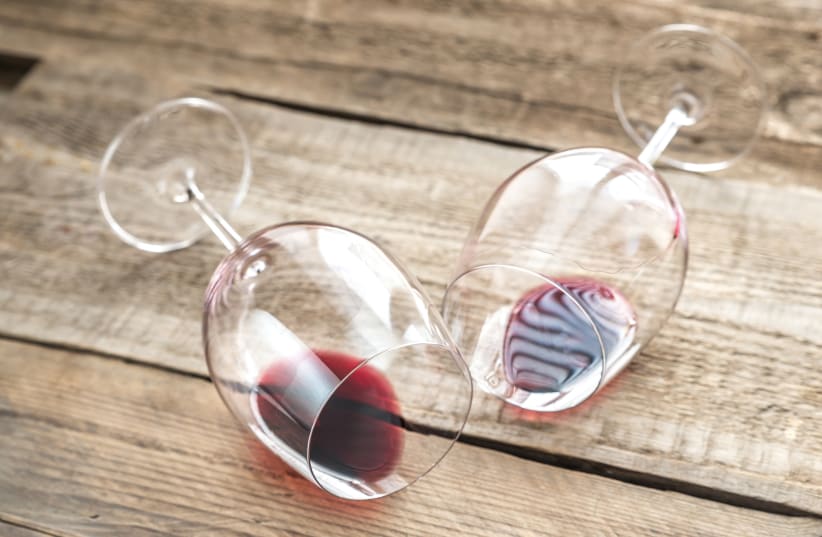During excavations in southern Spain, archeologists uncovered a burial urn that contained liquid wine likely produced 2000 years ago, making it the oldest wine to be discovered.
In a peer-reviewed paper published by a team from the University of Cordoba, the researchers confirmed via archeo-chemical analysis that they had discovered a 2000-year-old liquid wine, making it the oldest such sample ever discovered.
During excavations at a Roman necropolis discovered in a house in Carmona in 2019, a burial urn containing a reddish liquid was found along with cremated bones.
The archeologists noted that the use of wine in Roman burial rituals was extremely common and that it, along with other food, was often placed along with the deceased in their burial.
A chemical analysis of the liquid showed that it was far more acidic than most modern wine, suggesting that it was likely a strongly decayed wine.


Chemical analysis
Further analysis showed that the wine had absorbed much of the cremated organic material also present in the urn.
Through a process of elimination, the researchers discovered that the reddish liquid was in fact, a white wine, which they say is consistent with ancient writing which describes the region as being a hub of white wine production.
They describe the present red color to be a result of a chemical reaction from the cremated material and glass found in the urn.
Before this discovery, the presumed oldest liquid wine was the 'Speyer wine bottle', which is thought to be about 1700 years old. It was found in a tomb excavated in Speyer, a German city, in 1867.
The bottle is suspected to contain wine from the year 325 CE, but this has never been confirmed by chemical analysis.
